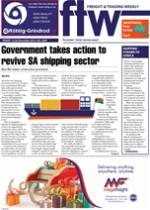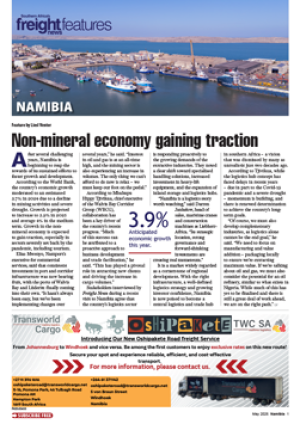Interconnected issues
of energy security and
costs, climate change and
environmental sustainability
are “perhaps
the most
unsettling” of
the changes
facing shipping
companies,
according
to the 2013
United Nations
Conference
on Trade and
Development
(Unctad)
Review of
Maritime
Transport.
It rates these challenges
above profitability, even
though the low freight rates
that prevailed in 2012 reduced
carriers’ earnings “close to, and
even below, operating costs,
especially when bunker oil
prices remained both high and
volatile”.
Carriers applied various
strategies to save costs, in
particular by taking steps to
reduce fuel consumption.
Rates remained under
pressure despite the fact that
in 2012, for the
first time in
over a decade,
the number of
ships entering
into service
declined from
the total of the
previous year.
The largest
cycle of ship
building in history – the
cargo capacity of the world
fleet more than doubled
between 2001 and January
2013 – “finally began to slow,”
while world tonnage capacity
continued to climb in 2012.
Based on Unctad’s Liner
Shipping Connectivity Index
(LSCI), the average number
of carriers per country has
decreased by 27% over the past
decade, from 22 in 2004 to 16
in early 2013.
Volumes are being driven
by rising domestic demand
in China and increased intra-
Asian and South–South trade.
International seaborne
volumes increased 4.3%,
reaching a record 9.2 billion
tons in 2012.
World container port
throughput increased by an
estimated 3.8%, to 601.8
million TEUs.
INSERT
Low freight rates
in 2012 reduced
carriers’ earnings
close to, and even
below, operating
costs.
INSERT
9.2bn International seaborne
tons in 2012.

